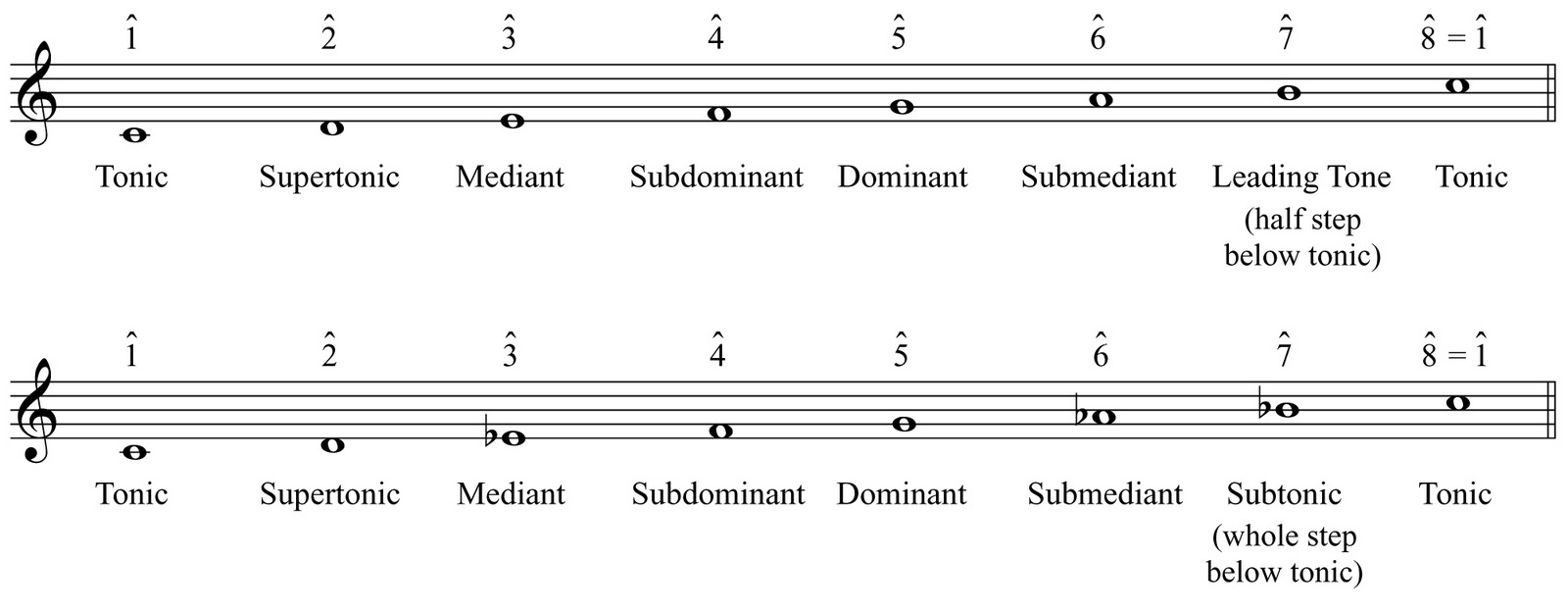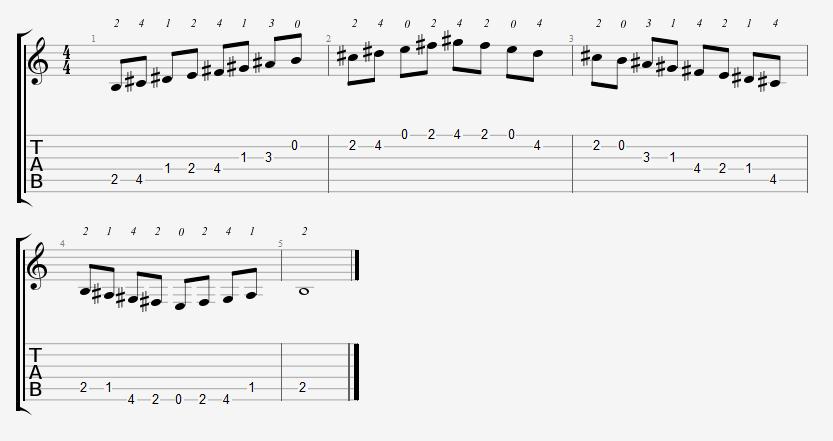

Let’s see what this looks like in a guitar scales chart:Īs you can see, each of these notes has a number, but no note attached to it. WS and HS refer to how many frets there are between each scale degree. To start off, we should try to understand the seven degrees of the major scale. The major scale gives us a wonderful foundation to use for learning other scales.Įverytime we discuss the major scale, we have to drop this video because it helps us gain a better understanding of this scale and how it functions.

With this in mind, we created a cheat-sheet a key and scale-finder that you can use again and again.īecome a better guitarist: Click here for our guitar courses Guitar Scales Chart: The Major ScaleĪh yes, the happiest and the mother of all musical scales. It can be disorientating for guitarists to understand which scales work with which keys. This will help us lay better groundwork for the rest of this lesson.ĭownload our lead guitar cheat-sheet to make things easier
Second notes of the scale pro#
Pro Tip: Be sure to look out for spots in each scale shape where you may have to switch hand positions! This is a good skill to develop early on in your practice routine to help you navigate the fretboard easier.įor starters, let’s cover the major scale first. In the examples we use in this article, your fingers will be numbered as follows: It’s also important to note that your fingers are most often numbered when reading a guitar scales chart. Take a look at the fretboard below to see where the notes lie on the E string as well as the other strings.Due to the fact that every one of these scales begins on the low E string, we should find our root note there everytime.The key thing to know is where to root each scale shape. Pro Tip: These scales can be played in any of the twelve keys. You will notice that the example does not show us any notes, and you might wonder why that is. (For example, the root note of C Minor Pentatonic is C.) The root note is the note that corresponds to the name of the scale.The red dots on the guitar scales chart show us where our root note of the scale is.These can convey a lot of information to us.
Second notes of the scale how to#
One of the most popular ways to learn how to play scales on guitar is through the use of a guitar scales chart like the one below. With this in mind, this process should not be overlooked. Scales are what give us the ability to create chords.īy organizing our twelve-note octave into smaller groups of notes, we are able to not only create amazing-sounding melodies, but corresponding chords as well.Īn understanding of scales and how they function on guitar can help us gain a deeper understanding of music as a whole. Guitar scales lie at the core of every guitar riff you’ve ever heard.

An overview of how to use these guitar scales charts.A scale chart for the Minor Blues Scale.A scale chart for the Minor Pentatonic Scale.A scale chart for the Major Pentatonic Scale.In this scales chart mega-guide you’ll find:


 0 kommentar(er)
0 kommentar(er)
